A man with a flag walked in front of the first cars, warning passersby of the danger. The first movie about
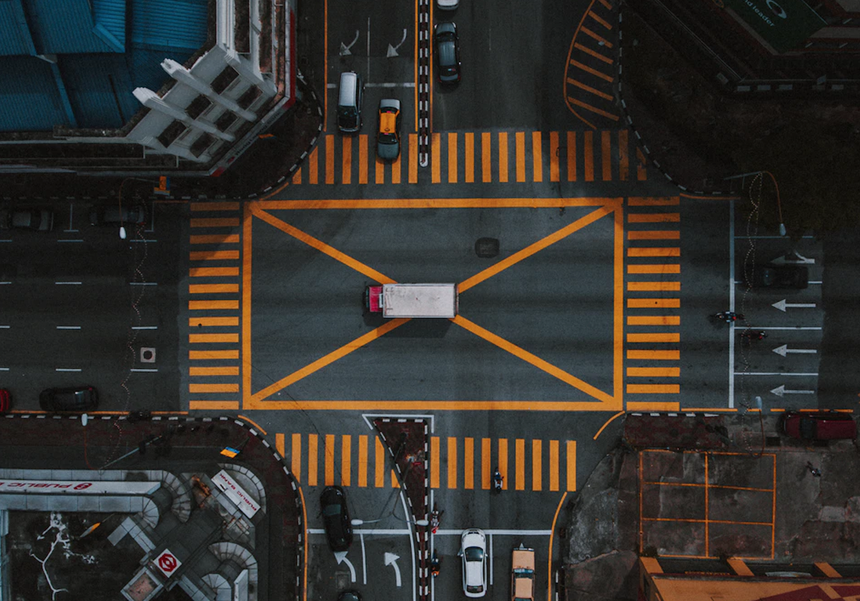
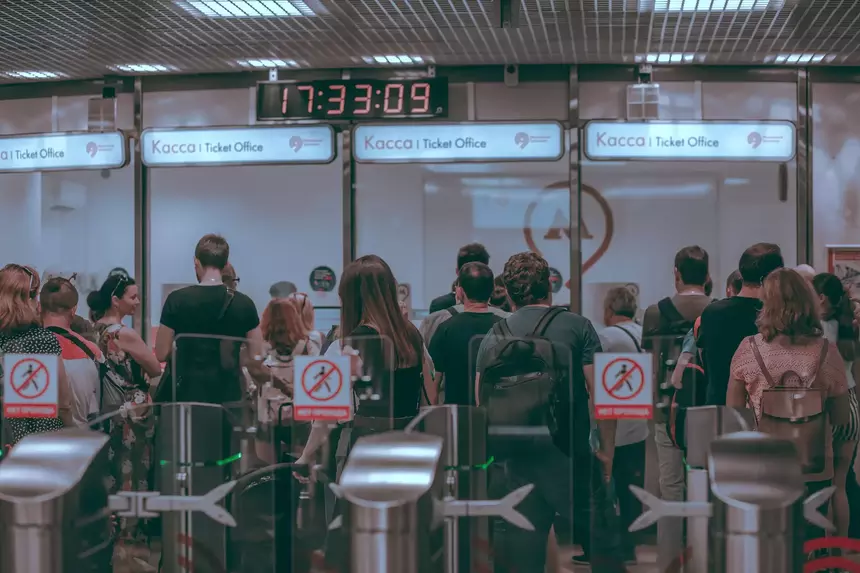
The pandemic, of course, has dealt a heavy blow to allactivity, including a 20-30% decrease in the number of trips by public transport. But now the numbers are recovering, and there is no doubt that they will continue to rise. In January-March 2021, more than 2 billion trips were made by rail alone. Behind the big numbers, the feeling of each individual human life is lost. And even a small traffic accident can cause injury, not to mention more serious incidents.
Difficulty making claims to drivers andto machinists. It must be admitted that their capabilities have long been at their limit. And just as autopilots appeared at one time, helping to keep the plane at flight level, to take off and landing - other types of transport also need their own automation systems to facilitate control. Especially when it comes to passenger safety.

In 2021, McKinsey's analyst team includedMoscow is one of the three cities with the best transport system. An excellent result, especially considering that three years ago the capital was in sixth place in this ranking of the 25 largest metropolises in the world. The trend suggests that we are moving in the right direction. Automation of security systems is part of modernization plans that will make our cities even more comfortable and convenient. Here we have a lot to learn abroad.
School buses in the UK see everything
The inView 360HD ™ system combines 4 to 6video cameras with a resolution of 1080p, which gives a clear view of all areas previously called "blind". It is clear how relevant such a monitoring system is for school transport. But it protects not only children crossing the road in the wrong place. Full monitoring improves confident and safe maneuverability in narrow sections of the road, near parked cars, in the presence of unexpected obstacles in the form of pedestrians, cyclists, road works, when avoiding accidents.

Similar review systems are plannedinstall on all types of public transport, including corporate buses. This decision was obvious, because video monitoring systems have long been used in private vehicles. Finally, the turn came to the public, where a larger number of passengers depend on the driver’s awareness.
Talking while driving will become unprofitable
Automation of supervision over compliance with traffic rules bringsfruit. In 2020 alone, violators in Russia received more than 145 million fines. Basically, penalties are imposed for speeding, violation of the requirements of signs and markings, driving at a red traffic light. The next step is to automatically identify those who are talking on the phone while driving. This is prohibited, and not by accident. German researchers have shown that the habit of "distraction for a couple of seconds" while driving makes the phone more dangerous for drivers than alcohol. The problem is extremely serious, especially since in the event of an accident, not only the culprit will suffer.
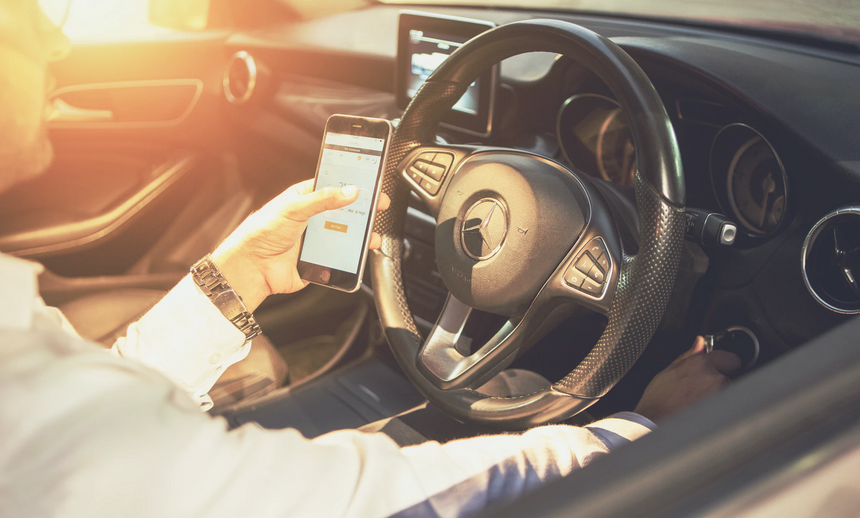
In Australia, regions and entirestates with zero tolerance for talking while driving. Now they have been trained to track them using video cameras, which makes getting a fine as inevitable as for speeding. If this continues, it will soon become completely unprofitable to violate. And people will get used to driving in compliance with all traffic rules. It’s ironic that this will happen, apparently, only on the eve of the complete transfer of control to autopilots.
Internet of machines
Testing begins in the UKsuperhighways - a single platform that will connect all road users into one ecosystem. Public transport, cars, motorcyclists, even cyclists - everyone who appears on the road will exchange data with each other and with dispatch centers. Thus, not only will there be no "blind" zones - in general, everything that happens immediately becomes known to those who are touched by a spotted pit or an unsuccessfully parked car, a strangely behaving pedestrian, etc.
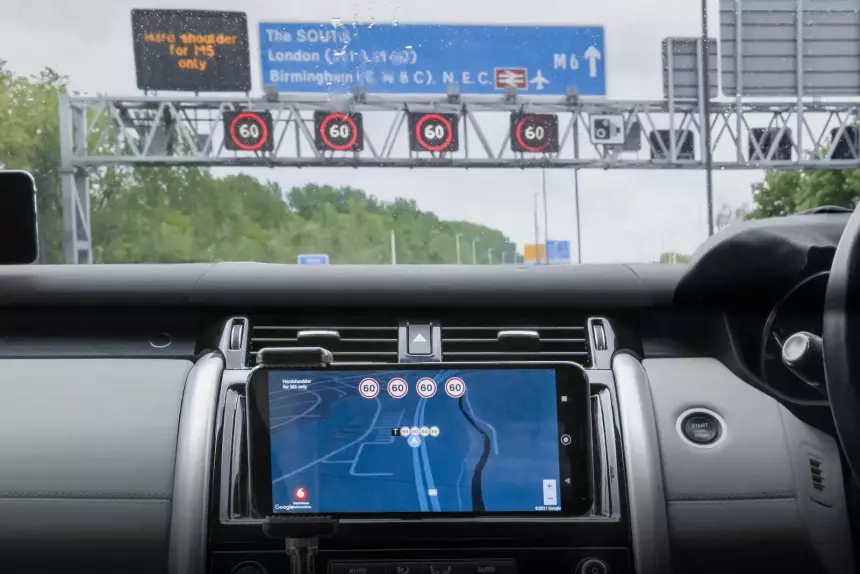
Vodafone
Technology opens up new and useful possibilities.You can avoid collisions, clear the ambulance corridor before the siren is heard, notice a passer-by “catching” a taxi around the corner, or someone needs help after a collision a block away. No violation will go unnoticed or unpunished anymore. It will not be possible to hide from the scene - security cameras will show the exact path and location of the intruder.
The eye of the law on Australian trains
University of Wollongong New South Wales(Australia) is developing an artificial intelligence for transportation called Smart Infrastructure. The idea is that the neural network analyzes data from surveillance cameras in transport and estimates the likelihood of any accidents. An important clarification: we are not talking about accidents, but about the behavior of passengers. In particular, about fights or harassment of girls. At the same time, it is planned that artificial intelligence will be able not only to determine the violations that are already taking place, but also to be able to guess from the behavior of people that this could happen. As soon as the system decides that the probability of a threat is higher than critical, the human dispatcher receives a signal and can take action.

The project is being implemented within the framework of the “Safetransport after dark”, it was originally intended to protect women in the evening and at night. However, it is already clear that the development is much larger in scale and can be used not only in transport, also at train stations, streets, and in any crowded places. However, this project is still only at the development stage.
Safe doors of Russian Railways
Russian railways are safe thanks tothe work of conductors and police squads accompanying long-distance trains. In addition, cameras are also installed in our trains to monitor what is happening in the carriages and vestibules. However, not only people, but also the train itself can pose a danger. Especially the doors of electric trains, which close pretty quickly. They can pinch a person, which is dangerous even from inside the train. In addition, there are times when a passenger tried to jump into a closing door and was trapped outside. Such situations pose a threat not to health, but to life.
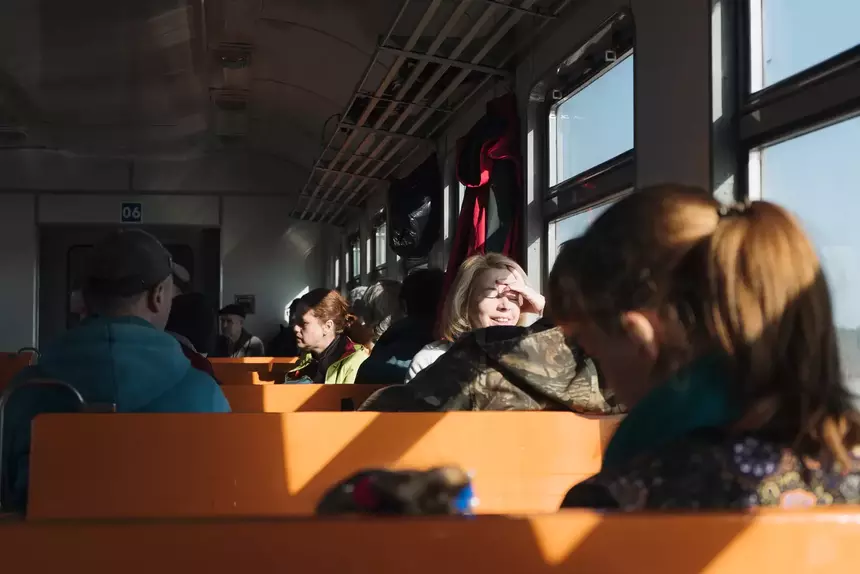
Please note that on trains with conductors there is noThere are vestibules left unattended during a stop, or when the train starts moving. On electric trains you cannot install a controller at every door; it is too expensive and not rational. But you can develop an intelligent tracking system that will automatically detect that there is a person or object at the door.
Such a development called “SAFETY DOORS”was proposed at the “Digital Breakthrough” hackathon, a project of the presidential platform “Russia – the Land of Opportunities.” Hackathon participants developed an algorithm that determines the safety of closing a train door using video stream analysis. Data comes from two types of cameras - ToF cameras and 3D stereo cameras. This is required to improve picture accuracy regardless of the light level.
"And they counted you"
In the old children's cartoon you had to countall the animals to check if they fit on the boat. The problem is also relevant on the scale of real transport networks. But solving it is much more difficult. After all, cars don’t stand still as calmly as cartoon characters.
Accurate accounting of moving vehicles is possible withusing surveillance cameras. But their installation is quite costly, and besides, then maintenance of each camera and all cables that lead to them will be required. Photo fixation, radar detectors have the same disadvantages. You can do without wires, but then you will need to organize communication channels and frequent configuration of equipment.
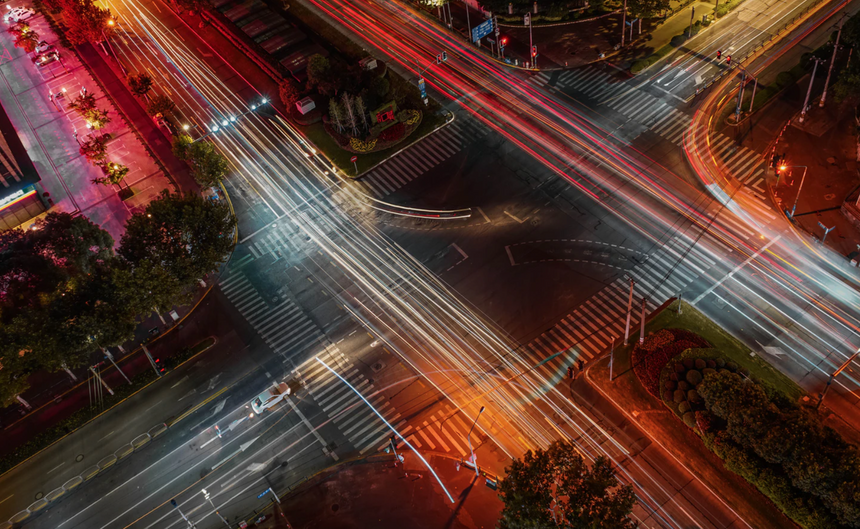
At the hackathon "Digital Breakthrough" was offereda project, tentatively titled "TRAFFIC HOOK", which uses inductive loop detector technology. It is enough to lay inductive loops in the roadbed at intersections in order not only to count the number of passing cars, but also to determine the type of each vehicle, that is, to separate cars from trucks.
In addition, the inductive counting method allowsrecord the speed of movement, the state registration plate of transport, its workload, occupancy, intensity of direction and other parameters. Such a monitoring system will be useful for city planners when planning freight flows, repair work and the construction of new interchanges.
The transport of the future is here
At first glance, it may seem that all theseinnovative projects are carried out at the level of scientific experiments, are implemented in separate exemplary areas and will not soon become ubiquitous. But look at the network of traffic lights, street lighting, road markings, bump stops, even road signs. Once upon a time they, too, were just beginning to appear and seemed like wonders. After a short time, their absence was no longer a rarity, and then it became completely unthinkable.
Of course, all new technologies go through a perioddevelopment and implementation. Only now everything is being done much faster than a hundred years ago. Several decades have passed since the invention of the TV set to their more or less large-scale distribution. When a new gadget comes out, it travels around the world for months.
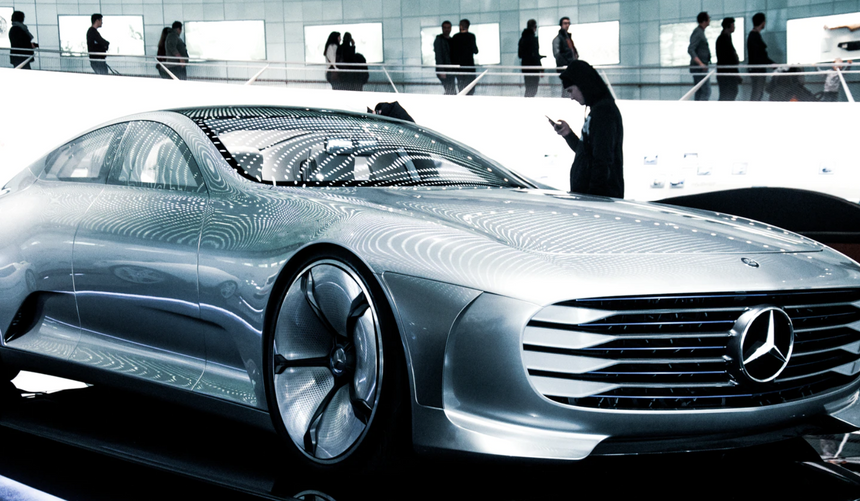
The digitalization of transport infrastructure is alreadyis embodied in reality. In the very near future, general roads will be fully controlled by automated tracking systems. And this applies not only to vehicles and drivers, but also passengers and passers-by. Everyone will have to follow the rules. As before, the legislation on road traffic remains almost unchanged. Just with the release of tracking and control systems to a new level, they will have to be taken much more seriously.
Do you know how much more convenient it is to monitor news in Telegram?
Subscribe to